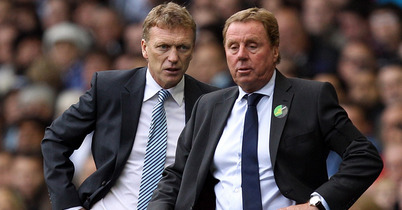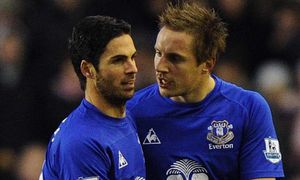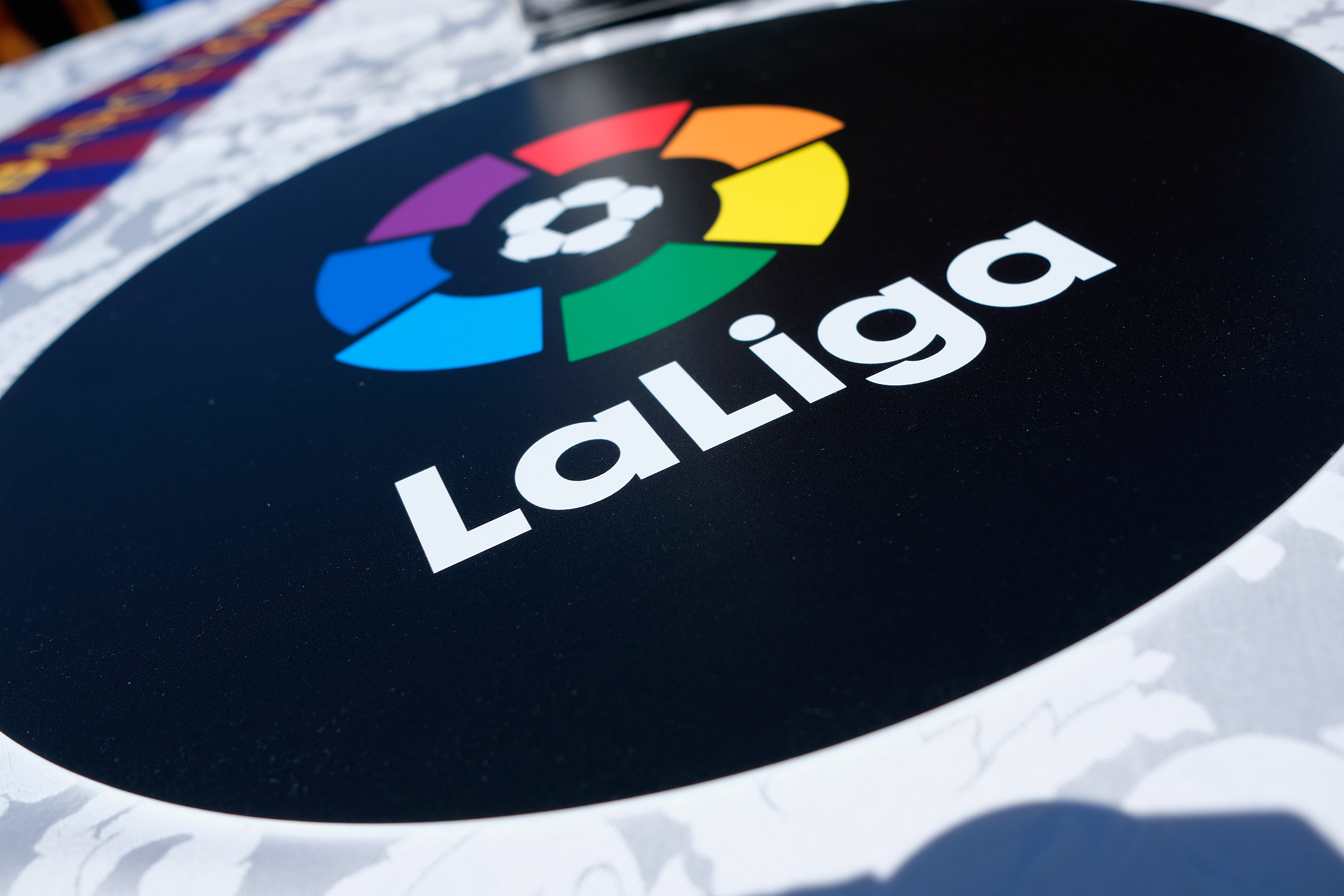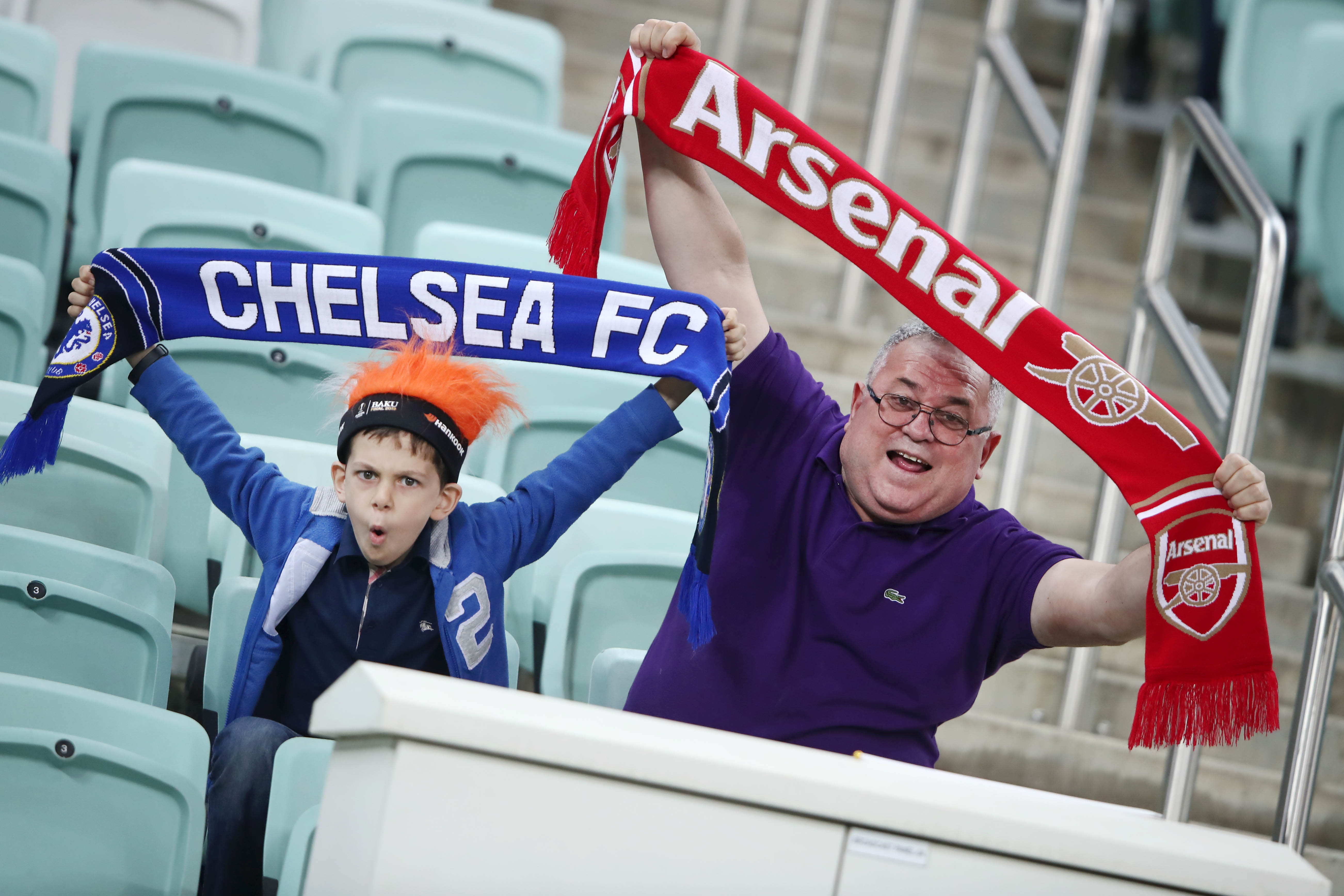Having been forgotten by most experts around the world, two teams that would be chomping at the bit to put themselves back in the spotlight are the same two teams that were not involved in the action on the first match-day of the new season of the Barclays Premier League. Tottenham and Everton, the two clubs in question, are now hoping to prove their doubters wrong, and reinstate themselves as genuine challengers for the top 4 positions. For completely different reasons, both clubs have struggled to invest in players that would improve their squads, enabling them to compete with the likes of Arsenal and Liverpool for the Champions League positions.
While Tottenham have a wage ceiling that makes it difficult for them to offer obscene wages to attract top quality players, Everton have a collection of problems preventing them from foraging into the transfer market. A debt of £45m, an owner looking to sell, and a small football ground (for the scale of club that Everton are) have made resources for player recruitment fairly scarce, with the last major cash signings being Diniyar Bilyaletdinov and Johnny Heitinga in the summer of 2009, whose purchases were fueled by the sale of Joleon Lescott to Manchester City. This season is very crucial for both of these teams, with Tottenham keen to prove their Champions League adventure was not a one-off, and Everton looking to avoid their yearly dose of injuries and reclaim their place amongst England’s elite.

No More Top-Tier Football in Europe for Spurs
After the high of their performances at the San Siro last year (Both against Milan and Internazionale), fans and players alike at Tottenham had high hopes of finishing in the top 4 last season, but a failure to win crucial games at the fag-end of last season saw Spurs finish 5th, with the prospect of the Europa League awaiting them. What their adventures in the Champions League gave them was publicity, and a reputation for playing fast, skillful football, with very good individual talents combining well to produce collectively. The aftermath of last season has seen some of their players invite interest from some of the biggest teams across Europe, with Luka Modric and Gareth Bale being two of the most sought after players.
Following his displays against Internazionale, Bale has been linked multiple times with the Nerazzuri, but a fairly serious injury towards the end of last season, and a new contract keeping him at White Hart Lane till 2015, has put off potential suitors, with a release clause amounting to potentially 40 million pounds. Luka Modric, with his measured displays throughout the season, has clearly indicated that he would like to move to Chelsea as he wishes to play for the title, and in the Champions League on a consistent basis. The Tottenham manager Harry Redknapp has made it clear that he intends to keep hold of both players for the coming few seasons, and also that they are the lynchpins of his team – crucial to Tottenham’s chances of cementing a position in the top 4. The fact that Tottenham have rejected all bids for Modric so far, is a statement that they have made, clearly indicating that they are ready to battle to keep Modric at the club, as he has been integral to their development.
Spurs’ current Team Structure and Transfer Dealings
The issues Spurs are looking to address are a misfiring strike force, lack of a solid goalkeeper, and flexibility in midfield. Their strikers scored a poor total of 35 goals in all competitions combined. With the club operating on a wage ceiling of around 75000 pounds per week, they have found it difficult to attract players of the caliber of Bale and Modric, who will add quality to their current squad, and help them consolidate their position in the top 4. Recent speculation has seen them being linked with Lassana Diarra and Emmanuel Adebayor, both of whom would be good acquisitions, although their wages are potential deal breakers. With Robbie Keane having been sold to the LA Galaxy, it is now essential that Redknapp lives up to his reputation of being a wheeler-dealer and brings in another top-notch striker. With Sandro, Huddlestone and Modric in their midfield, Tottenham possess a right mixture of guile, physical presence and solidity.

Wilson Palacios and Jermaine Jenas are thus surplus to requirements, and so, their sale, could free up funds for the club to bring in another quality midfielder, to complement the existing players. They also have the likes of Rafael van der Vaart and Steven Pienaar, who can play in multiple positions, and so lend flexibility to the squad. Creative players are now available at a premium, and so Spurs would like to cash in on the likes of Giovanni dos Santos and David Bentley (who are both out of favor), which would free some much needed salary cap space for them to dive into the market and add a couple of players who will add variety to their attack. The defence and goalkeeping positions are quite set, with Spurs recalling Kyle Walker from loan, and adding much needed goalkeeping quality in the form of Brad Friedel to their squad.
The mercurial Gomes has had his share of bloopers since he has joined the club, with last year’s fixtures against Chelsea etched firmly in the minds of the fans, and so a goalkeeper of the pedigree of Brad Friedel should prove to be very helpful indeed.The emergence of Danny Rose, capable of playing anywhere on the left side, and Kyle Walker in the right back position, should also prove to be very useful, and will provide them with some much needed depth in defence. Holding onto Modric, and a couple of quality additions, coupled with better consistency will see Tottenham challenge for top honors once again and allow them to silence their detractors.
Nine Years at the Club – Moyes – Where is the Big Step Forward?
David Moyes, has for long now been known as the Premier League’s most adept young manager, having won the LMA Manager of the Year award in 2003, 2005 and 2009. He also led Everton to the Champions League qualifiers in 2005, and the FA cup finals in 2009. If one has to learn to operate within a budget, David Moyes is the example to follow. His astute man management skills, combined with his strategic insight, have seen the club thrive in the Premier League without any financial assistance. What keeps Everton ticking along is their youth academy, and a balanced group of seniors.
A major factor behind Everton not living up to their potential each year has been their very slow starts. The last three years have seen Everton finish the season with records better than most clubs in the division, and it is only their starts to seasons, coupled with injuries to prominent players that have held them back. The 2010/11 season saw Everton finish the season with the 2nd best record in the League from January. The sale of Steven Pienaar to Spurs has been overcome, with Leon Osman filling in admirably, along with Mikel Arteta slowing feeling his way back from injury. However, the lack of a proper goal-scoring forward has left Everton short of achieving their best each year, with Louis Saha and Victor Anichebe injured more often than not, Yakubu having weight issues, and Jermaine Beckford finding the transition from League One to the Premier league difficult. With funds non existent, the manager has had to manage his squad in such a way that for quite some time in 2009/10, Tim Cahill and Marouane Fellaini were playing in the forward positions.

Everton – Still Holding on to their Key Players
The club has been served well by the versatility of Phil Neville and Johnny Heitinga, both capable of playing in defence as well as midfield. The presence of a strong core of experienced seniors in Sylvain Distin, Neville, Tim Howard, Phil Jagielka, Cahill and Arteta has helped the manager in integrating the youth academy graduates into the first team squad. In Leighton Baines, the club possesses an England left back, who with his set pieces, and crossing has been a major provider for the attacking players. Louis Saha, when fit has shown that he can lead the forward line admirably, and would ideally require another one of his fellow forwards to step up and ease the burden. Victor Anichebe has loads of potential, but his career has been plagued by injuries and this season is make or break for him at Everton.
The club’s youth academy ranks among the best in the country, and has in the past few years produced the likes of Seamus Coleman, Jack Rodwell and Dan Gosling. Gosling might have jumped ship to Newcastle, but in Coleman and Rodwell, Everton have two of the best young players in England currently, and both have shown themselves to be capable of performing consistently in the Premier League. Last season was a bit of a letdown for Rodwell, but if he picks himself up now, he will prove to be a very important piece in the Everton jigsaw. Coleman was a revelation last season at right midfield, and will be given a chance at his natural position of right full back this year to make the position his own.
The emergence of youngsters such as Ross Barkley, Conor McAleny, Magaye Gueye and Tollis Vellios is a promising sign, and their increased involvement in pre-season this year suggests that they will have an important role to play in the coming season, with Barkley already talked about as a star of the future. All this bodes very well for David Moyes, who will be happy to keep hold of his existing players, and with his close-knit squad, will look to get their campaign off to a solid start at Loftus Road against QPR.
Both Tottenham and Everton will be rather happy that they have been discounted even before the beginning of the season, which will allow them to carry on their hard work in the background. The managers of both teams are quietly confident that if they can hold onto their existing squad, and possibly make one or two astute signings, they will be in good stead for the season.





